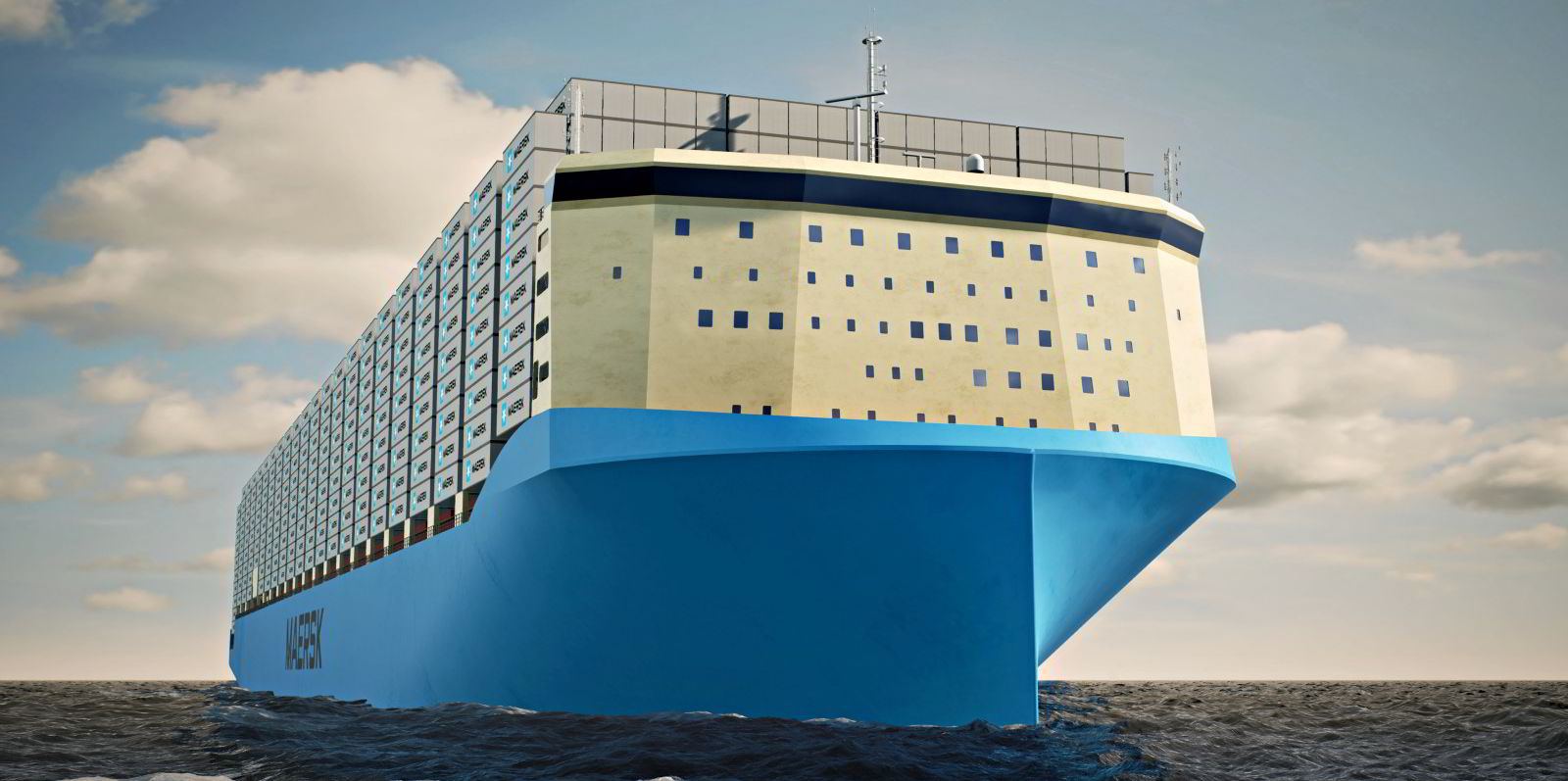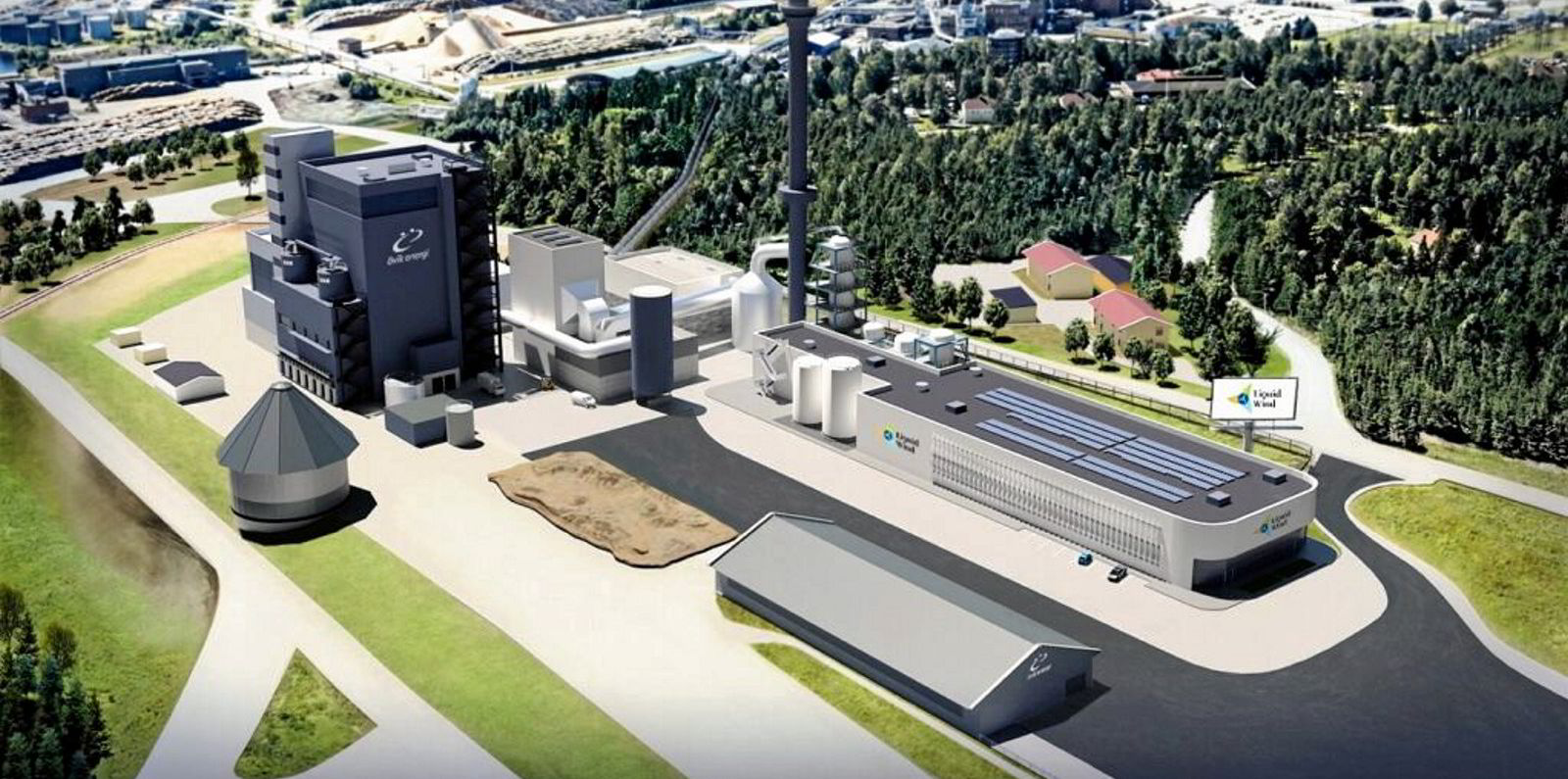Low-carbon hydrogen supply projects will largely not be shipping their exports as hydrogen amid the paucity of H2 carriers.
Instead, their seaborne exports of the commodity will be in the form of green ammonia, according to Noel Tomnay, head of hydrogen consulting at analyst Wood Mackenzie.
He wrote in Recharge that 85% of the more than 100 projects aiming for low-carbon hydrogen production across the Middle East, Australia, Latin America and Africa are looking to ship out ammonia to export markets.
That is because ammonia synthesis, storage and shipping are already well established.
"The seaborne trade in ammonia is currently around 20m tonnes per annum," Tomnay said.
"Ships for compressed hydrogen, in contrast, have yet to reach commercialisation, though small volumes of compressed hydrogen are moved around via trailer-cylinders."
There is just one liquefied hydrogen carrier in operation, and he pointed out that it carries only 100 tonnes of the cargo.
Constructed by Japan's Kawasaki Heavy Industries, the 1,250-cbm Suiso Frontier departed on its maiden journey last month.
Liquid ammonia has three times the energy density of compressed hydrogen and 1.5 times the energy density of liquefied hydrogen, Tomnay said.
And he highlighted ammonia's potential as a low-carbon fuel, including for marine transport.
"Ammonia is not without its challenges," he said. "Its energy density may be higher than that of liquid hydrogen, but it is a fraction of LNG and gasoline, so its production and transport are expensive."






